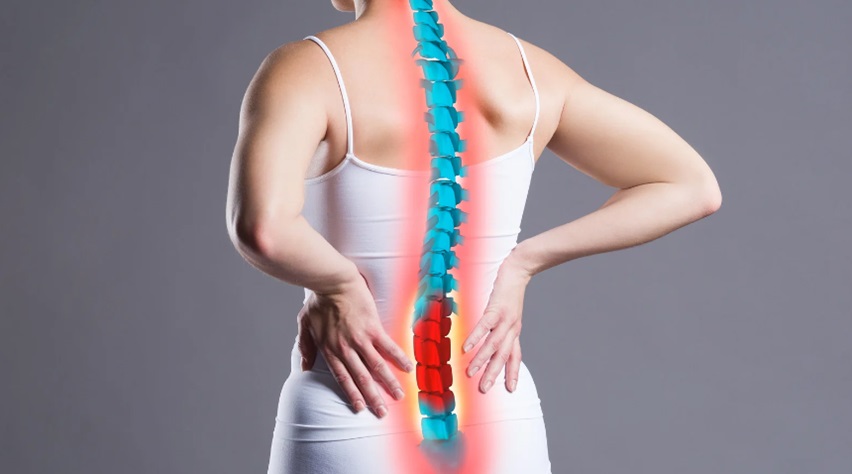Spinal decompression therapy has emerged as a fundamental aspect of contemporary back pain management, providing a non-invasive solution for various spinal conditions. At the heart of this therapeutic approach lies the spine traction machine, which offers targeted traction to relieve discomfort and foster healing. This article explores how spine traction machines have revolutionized therapy practices and highlight their vital role in enhancing patient care.
Understanding Spinal Decompression
Spinal decompression therapy is a non-invasive treatment method that involves gently stretching the spine to relieve pressure on spinal discs, nerves, and vertebrae. This therapeutic technique utilizes a specialized table or device to create negative pressure within the spinal column, which not only encourages the retraction of bulging or herniated discs but also promotes the flow of essential nutrients and oxygen to the affected area. By improving circulation, the therapy aids in the healing process and can significantly reduce inflammation.
The Role of Spine Traction Machines
Spine traction machines play a crucial role in therapeutic settings by providing controlled and targeted decompression of the spine. These advanced machines are equipped with sophisticated motorized systems that apply specific traction forces, which can be meticulously adjusted to cater to the unique needs of each individual patient. This level of customization allows healthcare professionals to tailor every therapy session for optimal effectiveness, taking into account factors such as the patient’s condition, comfort level, and treatment goals.
Integrating Spine Traction Machines into Practice
Integrating spine traction machines into clinical practice can greatly enhance treatment options. These machines empower healthcare providers to broaden their services, offering patients a dependable and effective approach to spinal decompression. Selecting the appropriate equipment is crucial for improving patient retention and satisfaction by ensuring the delivery of high-quality care.
Read more: 5 Key Features to Look for in a Spine Traction Machine.
Conclusion
Spine traction machines have truly revolutionized spinal decompression therapy, offering a precise, non-invasive, and effective solution for alleviating back pain. These advanced machines utilize controlled traction to gently stretch the spine, helping to relieve pressure on discs, nerves, and surrounding tissues. By investing in the right traction machine, healthcare providers can significantly enhance their practice’s capabilities, enabling them to offer tailored treatments that cater to each patient’s unique needs and conditions, thereby leading to improved patient outcomes.
Frequently Asked Questions
1. Who can benefit from spine traction machines?
Spine traction machines are suitable for individuals with chronic back pain, herniated discs, sciatica, and degenerative disc disease. However, patients should consult with healthcare providers to determine if this therapy is appropriate for their specific conditions.
2. How long does a typical spine traction therapy session last?
The duration of a therapy session can vary based on the patient’s condition and the healthcare provider’s recommendations, but sessions generally last between 15 to 45 minutes.
3. Are there any risks associated with spine traction therapy?
While spine traction therapy is generally safe, some patients may experience temporary discomfort or muscle spasms. It’s essential for patients to communicate any adverse effects to their healthcare provider so that the treatment can be adjusted as needed.

